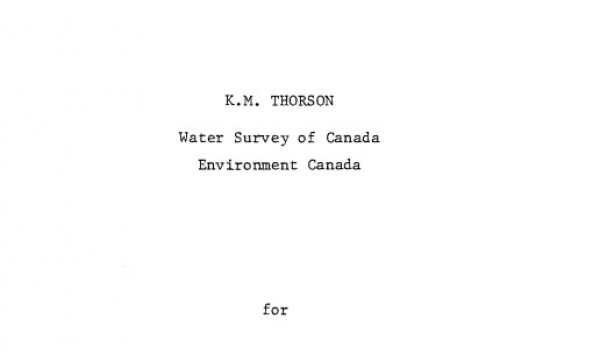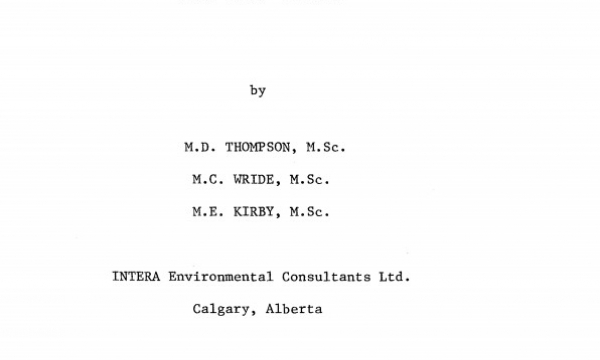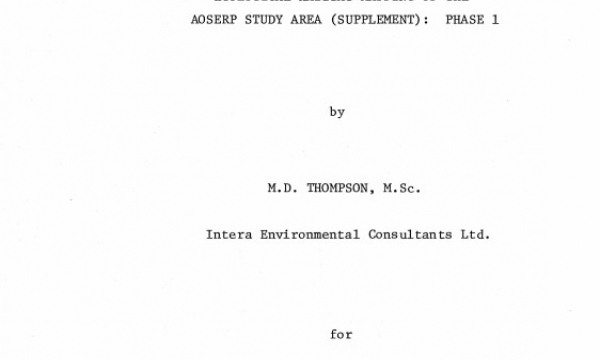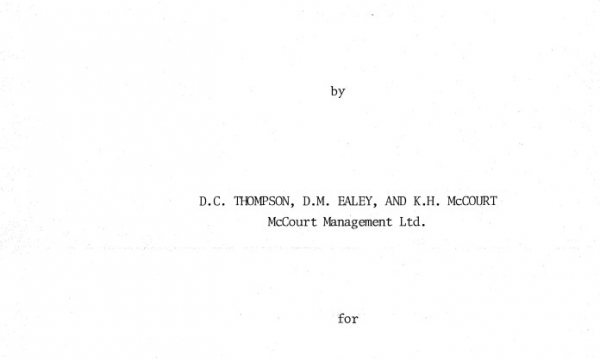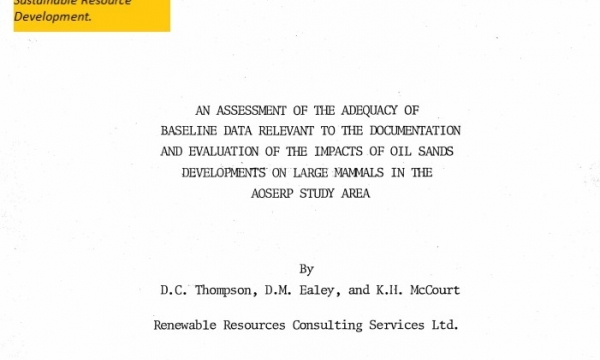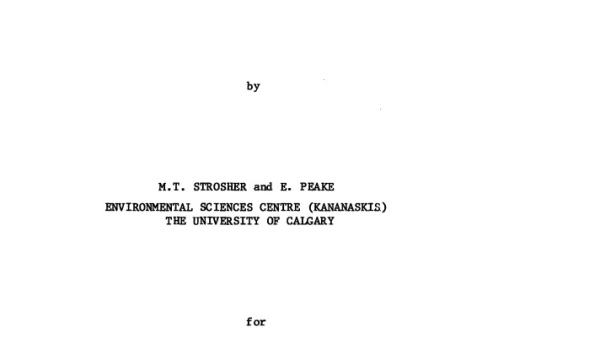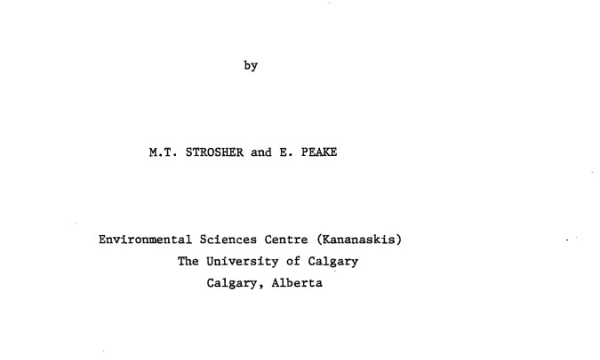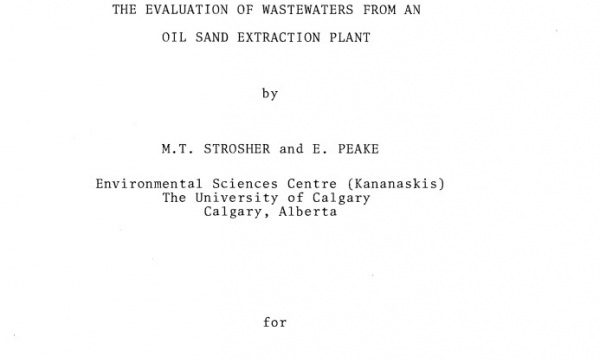Land Management Resources
Resource
Fur value produced per square kilometre averaged $7.58 ($19.64/mi2) but ranged more than 500-fold, with much variation seeming attributable to trapper effort. 5% of traplines reported nil catches
Resource
Contains all available 1979 hydrometric data including daily discharges for streamflow stations with corresponding hydrographs and stage-discharge curves and water level information for gauged lakes.
Resource
Authors
M.S. Thompson
J. Crosby-Diewold
Relationship between aquatic macrophyte growth and habitat factors found in the AOSERP study area is outlined, as are some implications of aquatic macrophyte inventory for management and revegetation
Resource
Authors
M.D. Thompson
M.C. Wride
M.E. Kirby
Classification system devised for mapping vegetation and surficial geology from 1:60,000 scale false colour infrared photographs; 1:50 000 base maps plus a vegetation and a surficial geology overlay
Resource
Ground surveys of vegetation and surficial geology generally confirmed that the classification systems used in the mapping accurately described and defined the ecological habitat features
Resource
Authors
Don Thompson
Dave Ealey
K.H. McCourt
Major gaps in the baseline knowledge of woodland caribou were: distribution , seasonal habitat use, the effects of sensory disturbance, and population density; minor gap re: direct mortality
Resource
Authors
Don Thompson
Dave Ealey
K.H. McCourt
An analysis of the applied research necessary to allow evaluation of the effects of oil sands development on large mammals by a review and evaluation of the available baseline data
Resource
Investigations were carried out on the Athabasca River upstream of Fort McMurray to determine the baseline quantities of organic constituents and their contribution to the organic water quality
Resource
Organic constituents of wastewaters discharged from the GCOS plant and Syncrude Canada Ltd. lease No. 17 were characterized and compared to those occurring naturally in the Athabasca River
Resource
Organic constituents of wastewaters from the existing Athabasca oil sands extraction plant were characterized and quantified. Twenty-one chemical parameters were determined on a total of ten samples



